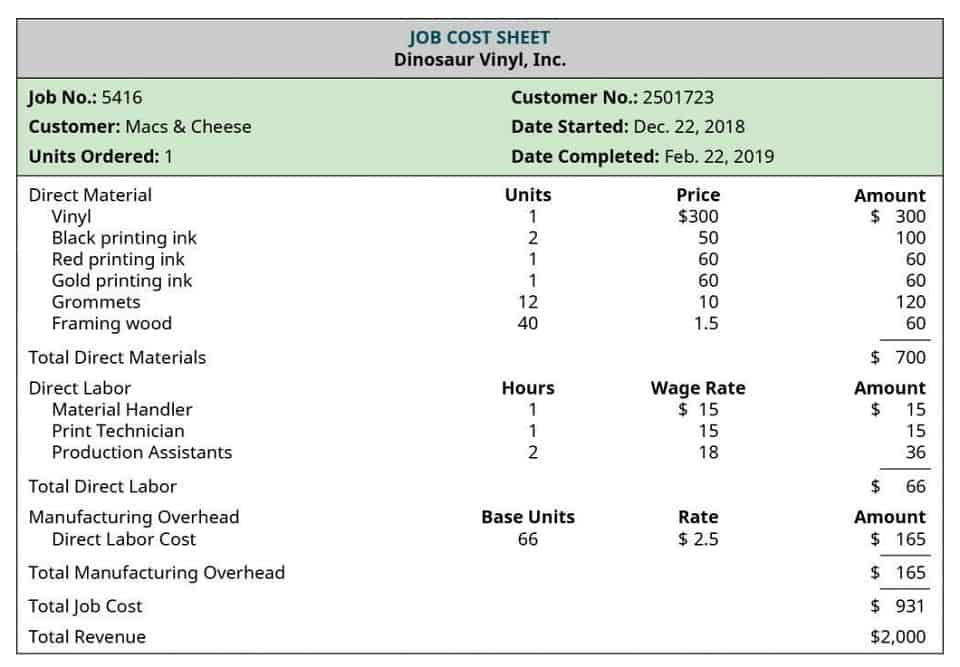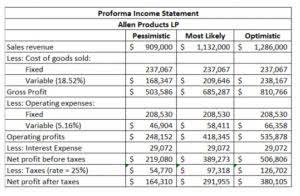
The actual payment behavior of customers, or lack thereof, can differ from management estimates, but management’s predictions should improve over time as more data is collected. On the balance sheet, an allowance for doubtful accounts is considered a “contra-asset” because an increase reduces the accounts receivable (A/R) account. The allowance for doubtful accounts is management’s objective estimate of their company’s receivables that are unlikely to be paid by customers.
- An account that lowers the value of a connected account is known as a contra account in a general ledger.
- This method, while straightforward, requires regular updates to reflect any changes in the business environment or customer base.
- Fortunately, ADA is relatively straightforward to track with the above methods.
- Therefore, the direct write-off method can only be appropriate for small immaterial amounts.
- Industries with higher credit risk or volatility maintain a higher ADA accounting compared to those with lower risk.
- The customer has $5,000 in unpaid invoices, so its allowance for doubtful accounts is $500, or $5,000 x 10%.
Revenue Reconciliation

Well, rather than waiting for customers to default and hit you with unexpected financial hiccups, you can prepare in advance. You can create a cushion known as a ‘bad debt reserve.‘ This financial safety net ensures that even if retained earnings balance sheet some customers don’t pay up, it won’t disrupt your business operations. The understanding is that the couple will make payments each month toward the principal borrowed, plus interest. The accounts receivable aging report is the report that shows the balance of accounts receivable that is classified by the number of days overdue, as the format of presentation.
Accounts receivable aging method

In certain situations, there may be instances where a customer is initially unable to pay, resulting in a bad debt write-off. However, after a few weeks or months, the customer manages to make the payment and clear their dues. There are many reasons why creating a provision for doubtful accounts may be prudent, like ensuring accurate financial reporting, managing your risk, and staying compliant. When you create an allowance for doubtful accounts, you must record the amount on your business balance sheet. Allowance for doubtful accounts do not get closed, in fact the balances carry forward to the next year. They are permanent accounts, like most accounts on a company’s balance sheet.
- To account for potential bad debts, you have to debit the bad debt expense and credit the allowance for doubtful accounts.
- Companies have been known to fraudulently alter their financial results by manipulating the size of this allowance.
- Based on our past experiences and the industry average data, we expect that 3% of total credit sales during the period will become uncollectible accounts.
- There are three primary ways for how to calculate bad debt expense or estimate doubtful accounts.
Percentage of Receivables
Businesses operating under Cash Basis Accounting method are not able to take bad debt deductions. One of the most confusing chapters in your first accounting class is the bad debts and allowance for doubtful (uncollectible) accounts chapter. Here, we will break it down step by step and provide some helpful resources to make this concept easier to understand. The specific identification method allows a company to pick specific customers that it expects not allowance for doubtful accounts normal balance to pay. In this case, our jewelry store would use its judgment to assess which accounts might go uncollected.
- For instance, if revenue is recorded in one period but expensed in another, this leads to an artificially high revenue number for that first period.
- As a general rule, the longer a bill goes uncollected past its due date, the less likely it is to be paid.
- Continuing our examination of the balance sheet method, assume that BWW’s end-of-year accounts receivable balance totaled $324,850.
- The good news is that the evolution of technology has given you powerful tools to transform your operations and supercharge your collections strategy – Automation and AI.
- Allowance for uncollectible accounts is also referred to as allowance for doubtful accounts, and may be expensed as bad debt expense or uncollectible accounts expense.

Let’s say you review historical collection data from the last year and discover that you write off 5% of your invoices on average. However, Days Sales Outstanding (DSO) benchmarks offer insight into AFDA standards. https://www.bookstime.com/ As a rule of thumb, the longer your collection cycle is, the greater your allowance for doubtful accounts must be to account for increased risks. In this article, we’ll explain what allowance for doubtful accounts is, why it matters, how to calculate it, and record journal entries for it.
